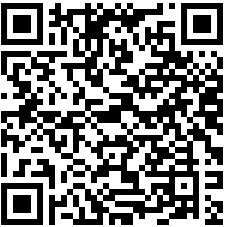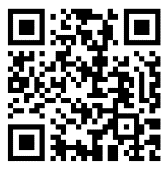Medical Emergency/AED/First Aid
MEDIAL EMERGENCY:
Remain calm and call 9-1-1.
- Give as much information as possible, including:
- Your name and location,
- Status of the individual needing assistance,
- The extent of the illness or injury, if known.
- Do not attempt to move the individual unless they are in danger.
- If trained, provide First Aid and CPR, if indicated.
- Locate the nearest AED using the QR code below.
- Stay with the individual until help arrives.

On-Campus Accident or Injury Reporting

MINOR ILLNESS OR INJURY:
- Students or employees with minor illness or injury are eligible for minor care at University Health Services by calling 256-765-4328 during university hours or may visit a local walk-in clinic.
For Emergencies
For emergencies dial (911) or (4357) on any campus phone.